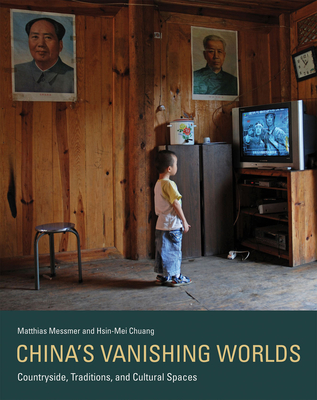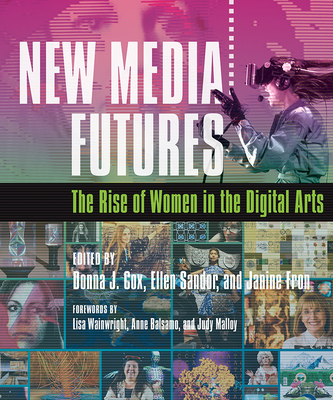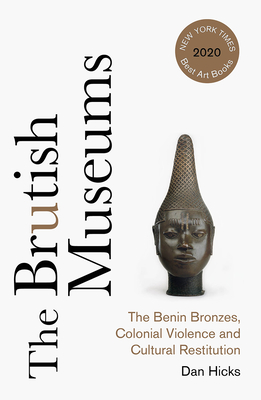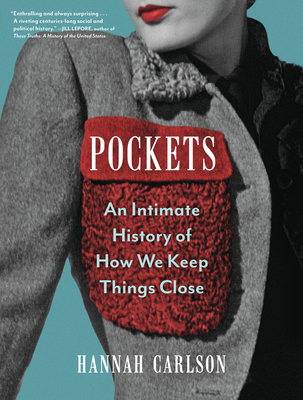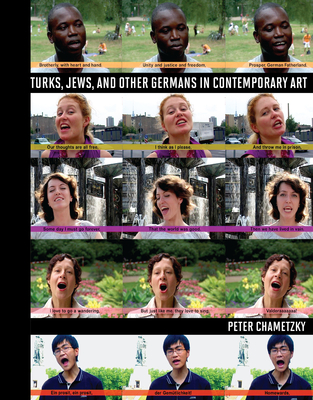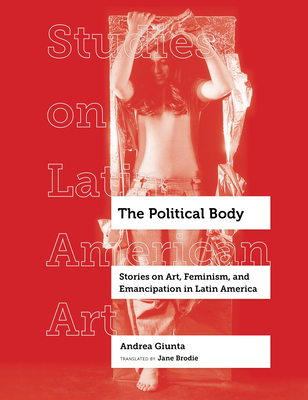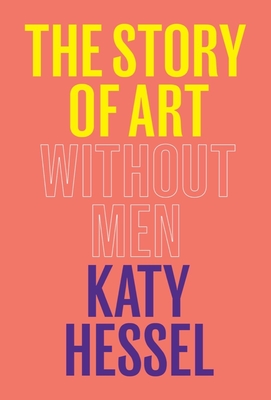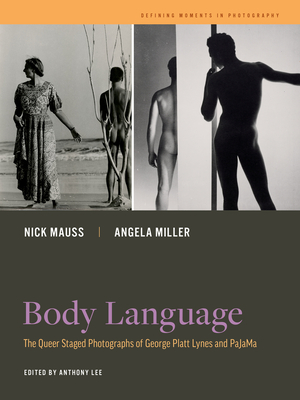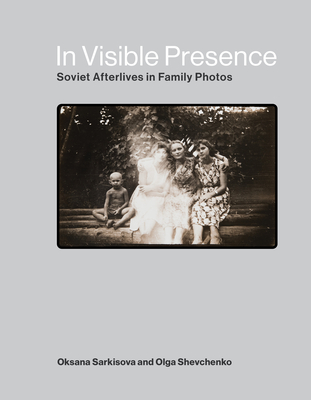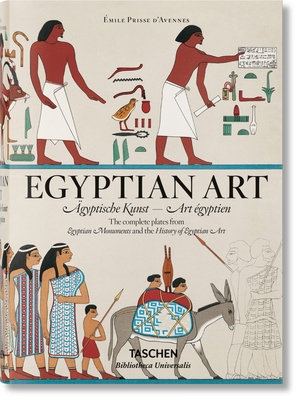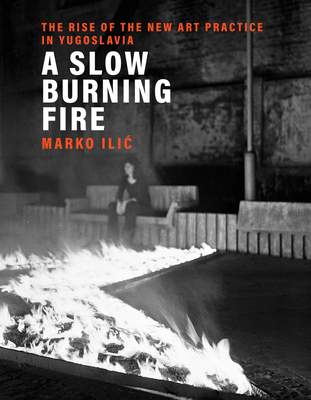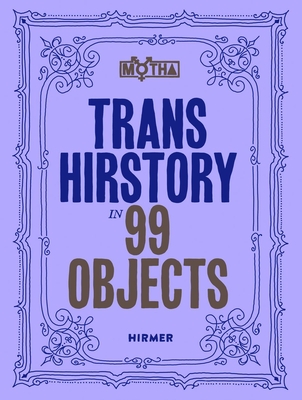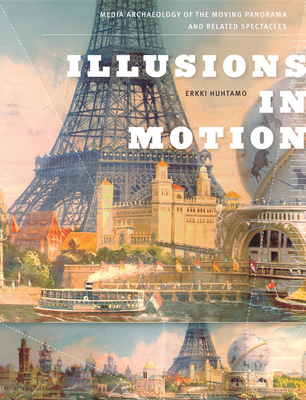
Illusions in Motion: Media Archaeology of the Moving Panorama and Related Spectacles (Leonardo)
Description
Tracing the cultural, material, and discursive history of an early manifestation of media culture in the making.
Beginning in the late eighteenth century, huge circular panoramas presented their audiences with resplendent representations that ranged from historic battles to exotic locations. Such panoramas were immersive but static. There were other panoramas that moved—hundreds, and probably thousands of them. Their history has been largely forgotten. In Illusions in Motion, Erkki Huhtamo excavates this neglected early manifestation of media culture in the making. The moving panorama was a long painting that unscrolled behind a “window” by means of a mechanical cranking system, accompanied by a lecture, music, and sometimes sound and light effects. Showmen exhibited such panoramas in venues that ranged from opera houses to church halls, creating a market for mediated realities in both city and country.
In the first history of this phenomenon, Huhtamo analyzes the moving panorama in all its complexity, investigating its relationship to other media and its role in the culture of its time. In his telling, the panorama becomes a window for observing media in operation. Huhtamo explores such topics as cultural forms that anticipated the moving panorama; theatrical panoramas; the diorama; the "panoramania" of the 1850s and the career of Albert Smith, the most successful showman of that era; competition with magic lantern shows; the final flowering of the panorama in the late nineteenth century; and the panorama's afterlife as a topos, traced through its evocation in literature, journalism, science, philosophy, and propaganda.
Praise for Illusions in Motion: Media Archaeology of the Moving Panorama and Related Spectacles (Leonardo)
I would like to start with two indirect words of praise....for the author, not because he knows his subject so well and is able to communicate his knowledge in such a pleasant and convincing way (after all, this is what can be expected from any serious scholar), but for the love and passion that he has put in his research, and which are visible in every page in this book. No great scholarship without deep personal commitment, and of this statement as well Huhtamo's book is a great example. True, love and passion do not necessarily make great books, but great books become even greater if they take their origin in the author's fascination and awe (for it is not only the sublime and art with capital A, or death and horror, that may fill us with awe)...Chapter 7, for instance, on the career of Albert Smith, a moving panorama showman who was a celebrity in the 1850s, should be compulsory reading for all media historians, literary students, film scholars, as well as for all those who major or minor in marketing, business administration, and the creative industries.—Jan Baetans, Leonardo Online—
I can think of no other single volume which both documents—with care and precision—and explains, with such clarity and lively engagement—this central aspect of the visual culture of the nineteenth century.
—Arctic Book Review—
In addition to filling in the gaps in knowledge plaguing this forgotten medium, Huhtamo's diligence in excavating the moving panorama in Illusions in Motion also provides historians and theorists with a map for traversing the new media landscape.
—Film Quarterly—
The role of moving panoramas in the birth of media culture should not be underestimated. This seminal volume does much to restore them to their rightful place in the history of visual culture.
—Jeffrey Mifflin, Early Popular Visual Culture—
The book will be immediately canonical for scholars of visual culture, cinema, and media studies, and will also be valuable to scholars of literature, American studies, and 19th-century history...Huhtamo has replaced a relative silence on the moving panorama with a strong statement that realigns dominant narratives about the history of visual culture and demonstrates a powerful methodology for cinema and media studies. It will stand as a lasting contribution and inexhaustible source for future scholarship.
—Brooke Belisle, Journal of Visual Culture—
Illusions in Motion guides the reader through the myriad of mediated realities across continents and from hand-held panoramic toys to utterly spectacular enterprises.
—Annika Johnson, Nineteenth-Century Art Worldwide. A Journal of Nineteenth-Century Visual Culture—
As one of the leading proponents of media archaeology, Erkki Huhtamo's achievement is not only to recuperate the forgotten moving panorama to media history, but also to demonstrate how it offers innovative insights into the historical formation of media culture...A model undertaking of media archaeology, Illusions in Motion also represents a claim for the value of the meticulous, slow labour of historical scholarship, and the nuanced argument made possible by its most conventional form of dissemination, the printed book.
—Susan Potter, Media International Australia—
For at least fifteen years, since the appearance of Stephan Oettermann's The Panorama, historians of nineteenth-century visual culture have recognized that we did not know the history of moving panoramas, but needed to. Although the moving panorama was a prominent feature of cultural life in Europe and the United States at the time, its actual history remained a blank space. With the publication of Huhtamo's work, that blank space no longer exists... From the peristrephic panorama to the diorama, to peepshow boxes, to the eidophusikon, Huhtamo's book recovers a largely forgotten history of nineteenth-century media and examines the moving panorama within this constellation of practices.
—Josh Ellenbogen, The Art Bulletin—
Huhtamo's intellectual canvas is, perhaps inevitably, broad; his text ranges over the history of moving panoramas, bringing us from the early years of its invention to its mid-nineteenth-century apogee and beyond... The final chapters of the book are more reflective, considering the afterlife of the panorama and its place in twentieth- and twenty-first-century literature, journalism, science, philosophy, and propaganda.
—John McAleer, Technology and Culture—





